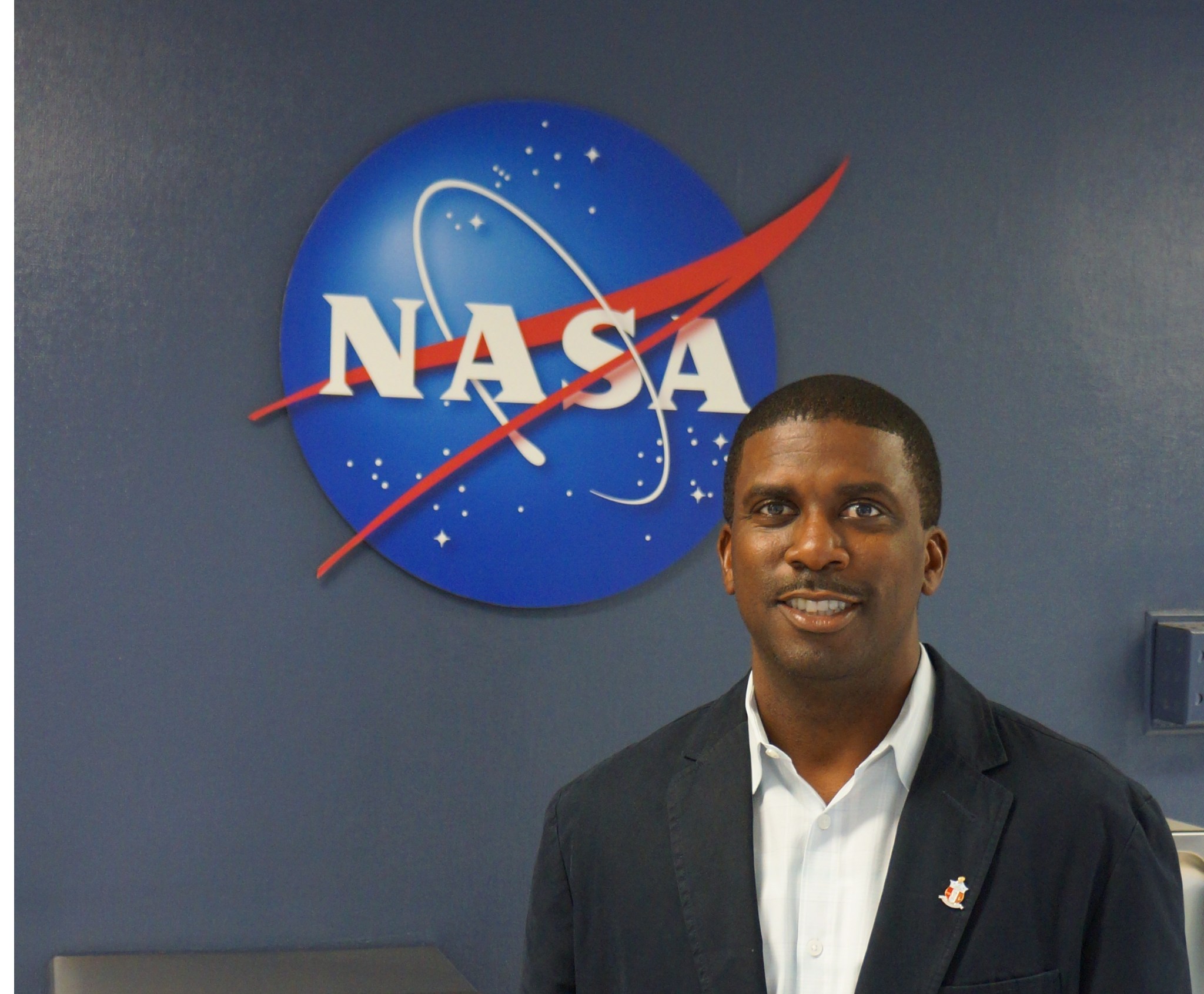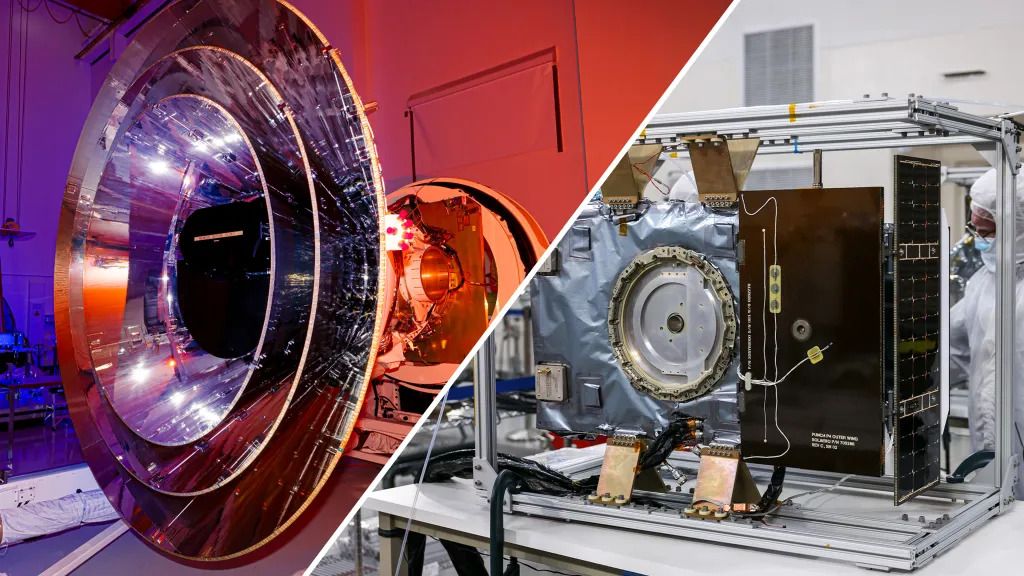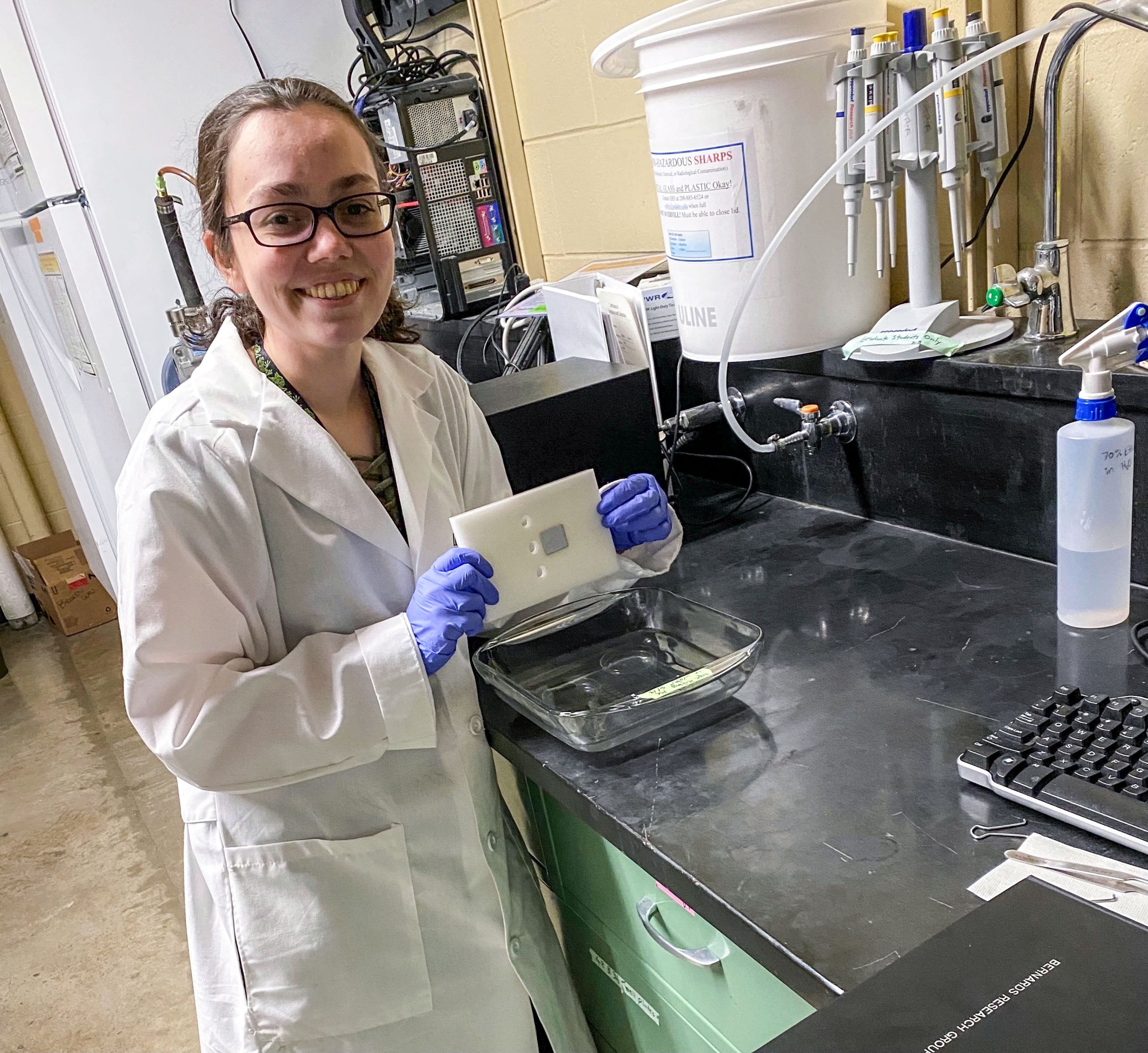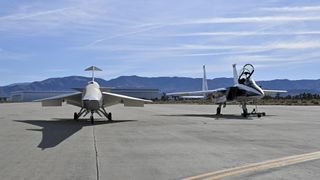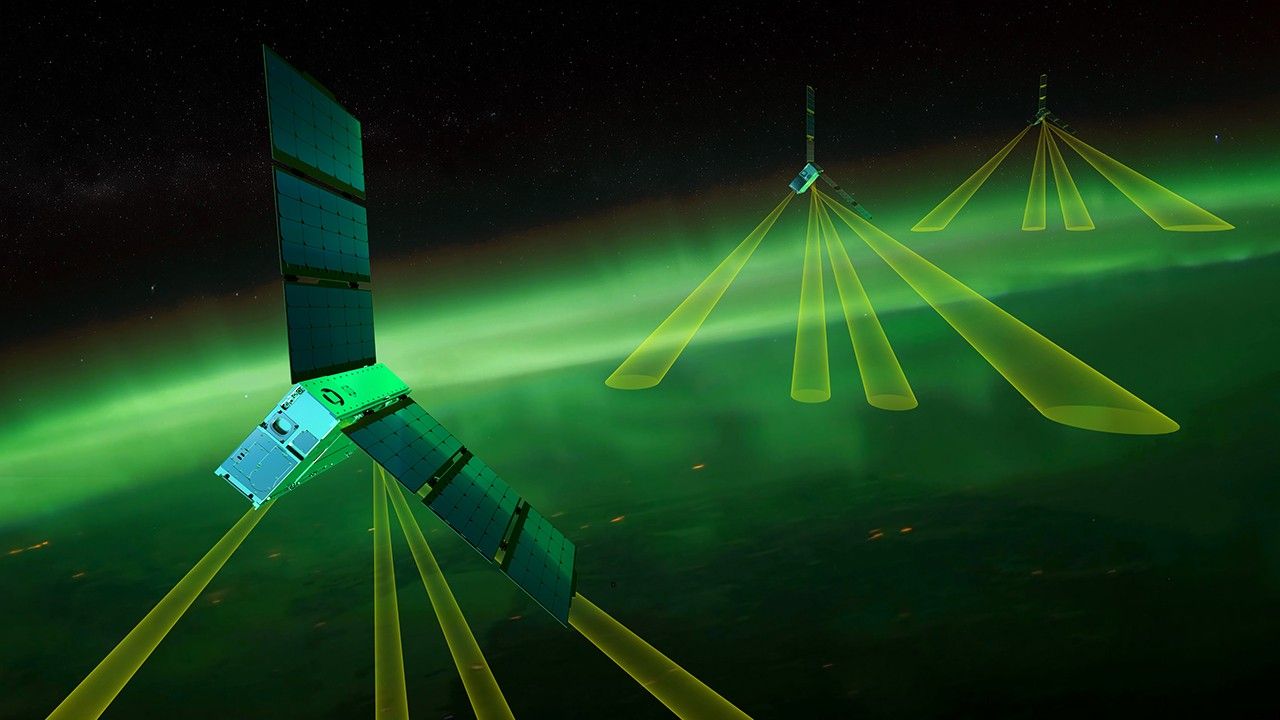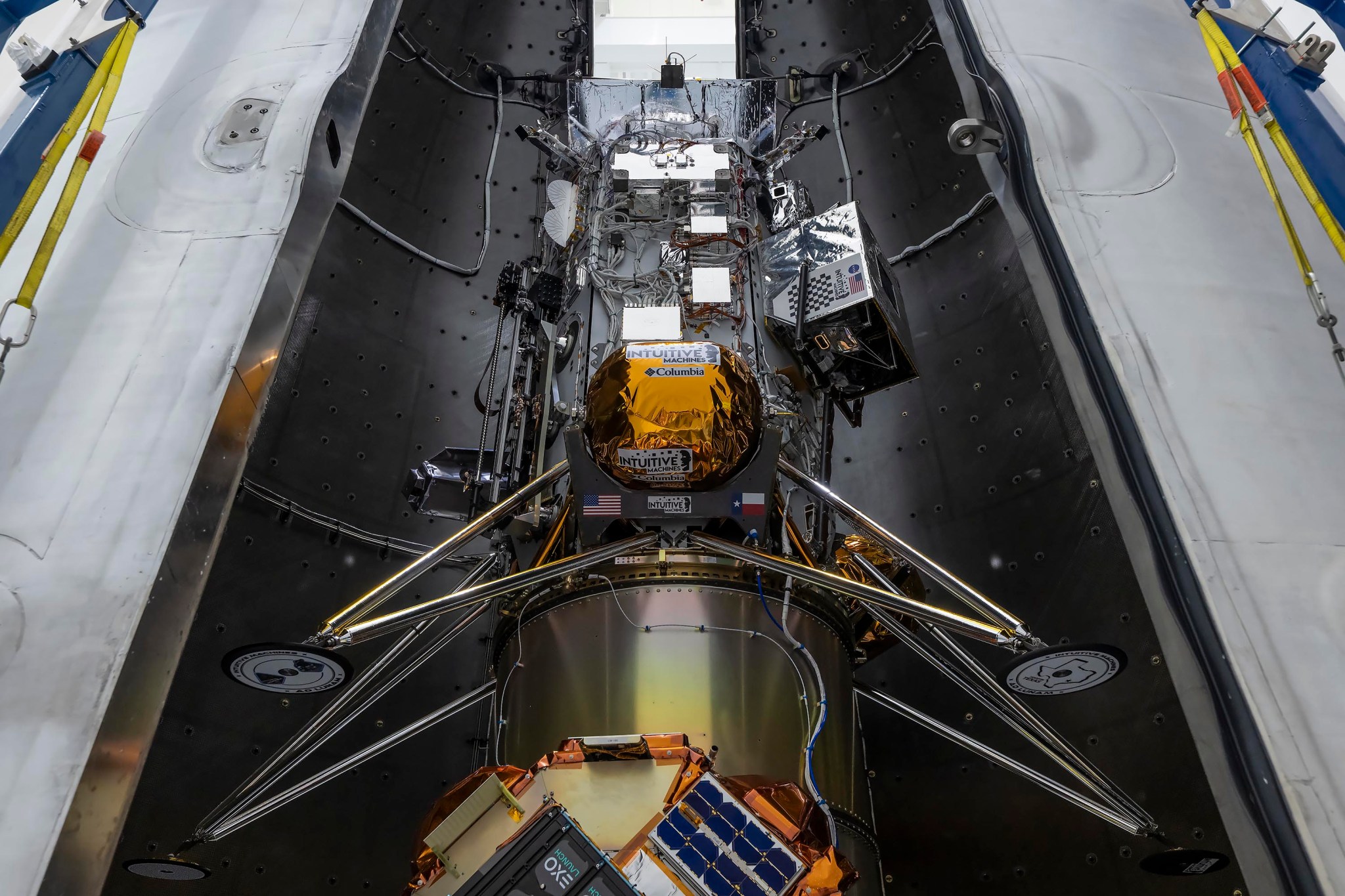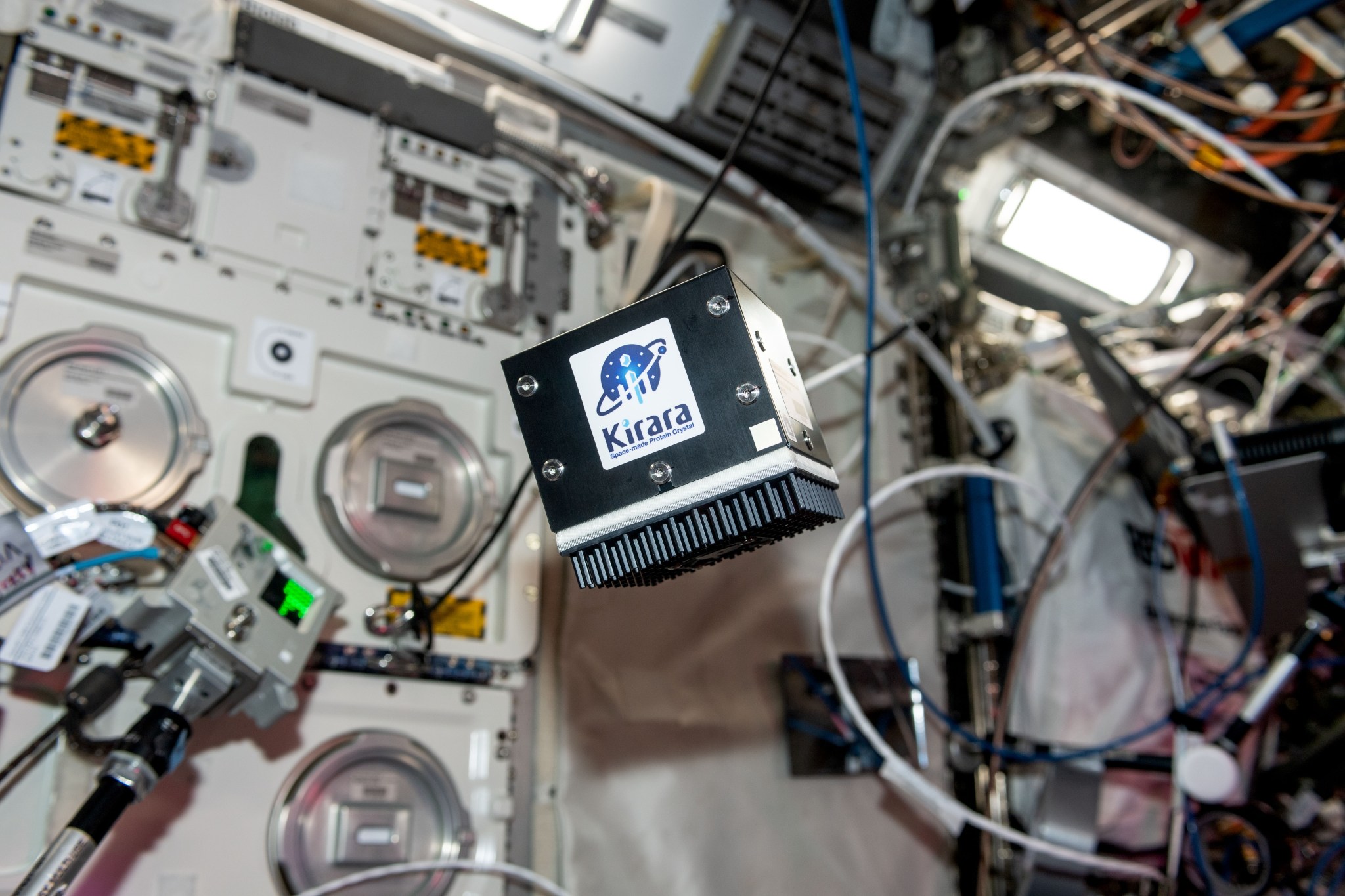Chris Wade is a visiting vehicle integration manager for SpaceX vehicles in the International Space Station Transportation Integration Office. He plays a key role in ensuring that all vehicle requirements are on track to support SpaceX missions to the space station. Chris also manages a team of real-time mission support personnel who follow launch, docking, undocking, and splashdown operations. Read on to learn about his career with NASA and more! Where are you from? I am from Clarksdale, Mississippi. Tell us about your role at NASA. I manage horizontal integration…
Read MoreTag: Missions
NASA delays launch of SPHEREx and PUNCH missions to March 6
NASA’s SPHEREx and PUNCH missions will need to wait a little longer before heading to space. After delaying the launch of these missions three times — they were originally slated to take to the skies on Feb. 27 — the space agency has postponed liftoff once again for SPHEREx and PUNCH. Both payloads will still be launching aboard the SpaceX Falcon 9 rocket selected for the task, which had most recently targeted Tuesday (March 4) for launch. Now, the pair will remain Earth-bound until Thursday (March 6). They’ll liftoff from…
Read MoreStation Science Top News: Feb. 27, 2025
Preventing biofilm formation in space Ashley Keeley, University of Idaho, holds an anti-bacterial coating sample. University of Idaho Student Payload Opportunity with Citizen Science Team Two anti-microbial coatings reduced formation of biofilms in microgravity and have potential for use in space. Controlling biofilms could help protect human health and prevent corrosion and degradation of equipment on future long-duration space missions. Biofilms, communities of microorganisms that attach to a surface, can damage mechanical systems and present a risk of disease transmission. Bacteria Resistant Polymers in Space examined how microgravity affects polymer…
Read MoreRussian cargo ship docks at space station with science, spacesuit and supplies
A new delivery of food, fuel and supplies has arrived at the International Space Station by way of a Russian supply ship. Roscomsos’ Progress MS-30 (or Progress 91, as referred to by NASA) cargo spacecraft autonomously docked to the aft port of the space station’s Zvezda service module on Saturday (March 1) as the two vehicles orbited 260 miles (418 kilometers) over the South Atlantic Ocean. The 6:02 p.m. EST (2302 GMT) link up came two days after the Progress launched from the Baikonur Cosmdrome in Kazakhstan. The uncrewed spacecraft…
Read MoreNASA’s X-59 quiet supersonic jet clears ‘major hurdle’ ahead of 1st flight (photos)
NASA’s experimental X-59 aircraft continues to make progress toward its first flight with a new successful round of testing. The X-59 “quiet” supersonic jet was designed to break the sound barrier without producing the thunderous sonic booms that typically accompany supersonic flight. And based on the results of the vehicle’s latest tests, conducted at the Lockheed Martin Skunk Works facility in Palmdale, California, the X-59 might accomplish that feat soon. NASA and Lockheed Martin, the latter of which built the X-59, recently put the aircraft through electromagnetic interference testing on…
Read MoreNASA must ‘consider alternatives’ to put Artemis astronauts on the moon, experts tell US Congress
The U.S. is in a race with China to get to the moon, amid potential changes to the Artemis program and turmoil at NASA, according to a House hearing on Wednesday. As Intuitive Machines’ IM-2 lunar lander sat on the pad awaiting its nighttime launch, a meeting of the House Committee on Science, Space and Technology’s space and aeronautics subcommittee took place on Feb. 26 to discuss the next steps of the Artemis program and how it plays into efforts to get to Mars. In the hearing, titled “Step by…
Read MoreNASA leadership shakeup continues as agency settles into Trump’s 2nd term
NASA continues to reshape its leadership tier. The agency announced a number of personnel moves on Monday (Feb. 24), including the selection of Vanessa Wyche as acting associate administrator. “Vanessa will bring exceptional leadership to NASA’s senior ranks, helping guide our workforce toward the opportunities that lie ahead,” NASA Acting Administrator Janet Petro said in a statement on Monday. The associate administrator serves as NASA’s chief operating officer, overseeing its 18,000 employees and nearly $25 billion budget, agency officials wrote in the statement. Wyche succeeds Jim Free, who retired a…
Read MoreNASA’s EZIE Launching to Study Magnetic Fingerprints of Earth’s Aurora
5 Min Read NASA’s EZIE Launching to Study Magnetic Fingerprints of Earth’s Aurora High above Earth’s poles, intense electrical currents called electrojets flow through the upper atmosphere when auroras glow in the sky. These auroral electrojets push about a million amps of electrical charge around the poles every second. They can create some of the largest magnetic disturbances on the ground, and rapid changes in the currents can lead to effects such as power outages. In March, NASA plans to launch its EZIE (Electrojet Zeeman Imaging Explorer) mission to learn…
Read MoreFive Facts About NASA’s Moon Bound Technology
4 Min Read Five Facts About NASA’s Moon Bound Technology A view of the Moon from Earth, zooming up to IM-2's landing site at Mons Mouton, which is visible in amateur telescopes. Credits: NASA/Scientific Visualization Studio NASA is sending revolutionary technologies to the Moon aboard Intuitive Machines’ second lunar delivery as part of the agency’s CLPS (Commercial Lunar Payload Services) initiative and Artemis campaign to establish a long-term presence on the lunar surface. As part of this CLPS flight to the Moon, NASA’s Space Technology Mission Directorate will test novel technologies…
Read MoreStation Science Top News: Feb. 21, 2025
Improving space-based pharmaceutical research View of the Ice Cubes experiment #6 (Kirara) floating in the Columbus European Laboratory module aboard the International Space Station. UAE (United Arab Emirates)/Sultan Alneyadi Researchers found differences in the stability and degradation of the anti-Covid drug Remdesivir in space and on Earth on its first research flight, but not on a second. This highlights the need for more standardized procedures for pharmaceutical research in space. Long-term stability of drugs is critical for future space missions. Because multiple characteristics of spaceflight could influence chemical stability, the…
Read More